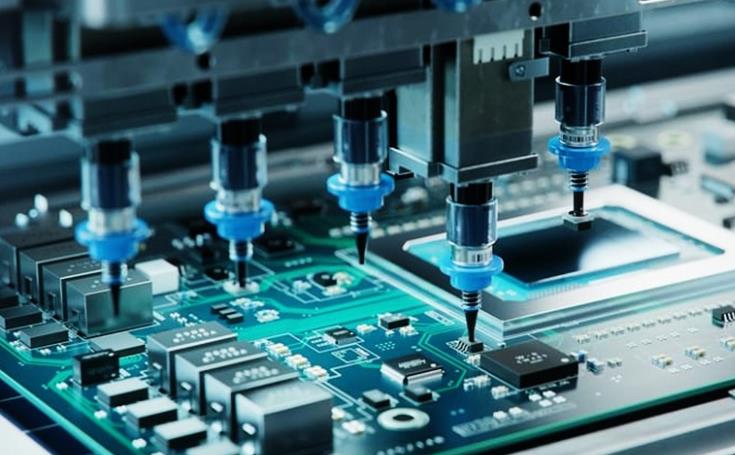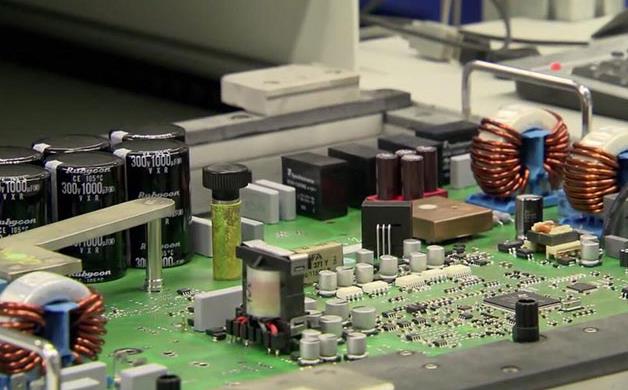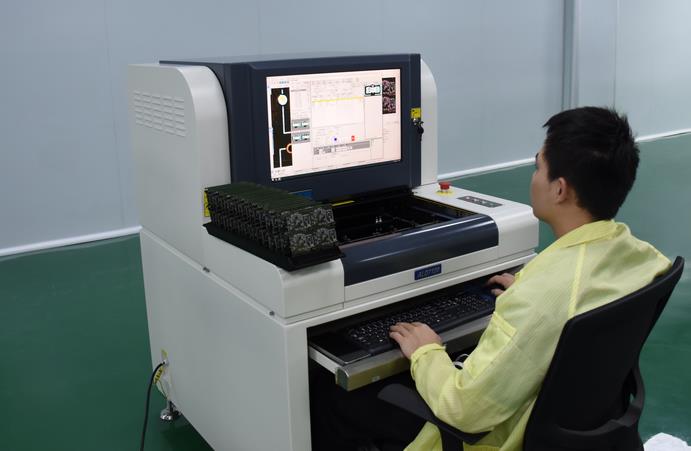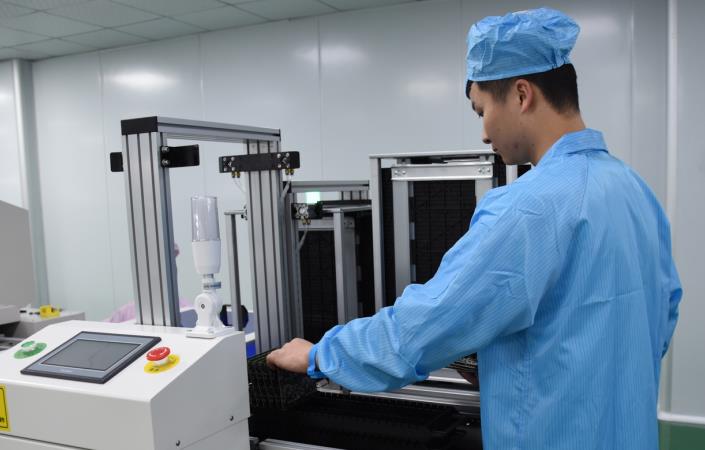PCB Aging Test: Ensuring Long-Term Reliability and Performance
In the manufacturing of electronic products, the Printed Circuit Board (PCB) serves as a critical component whose quality and stability directly impact the overall performance of the device. To ensure that the product maintains stability and reliability over an extended period of use, conducting a PCB aging test is an essential process.

What is a PCB Aging Test?
A PCB aging test simulates the environmental and operational conditions that the circuit board would experience over a long period of use, evaluating its performance, stability, and durability. Typically, this involves exposing the PCB to high temperatures, humidity, or other harsh environments to assess how it ages under various external factors, ensuring it will not suffer from issues such as open circuits, short circuits, or other failures during real-world use.
Why is PCB Aging Testing Important?
Enhanced Product Reliability
Electronic products are often required to operate in complex and extreme conditions. By performing PCB aging tests, potential weak spots can be identified early, preventing failures in real-world applications.Extended Product Lifespan
Simulating long-term use allows designers to optimize PCB layouts and material choices, ultimately extending the product's lifespan by improving its resilience to wear and tear.Compliance and Safety Assurance
Many industries require electronic products to meet specific quality standards and safety regulations. PCB aging tests are a critical step in ensuring that products adhere to these standards and certifications, guaranteeing their safety and compliance.
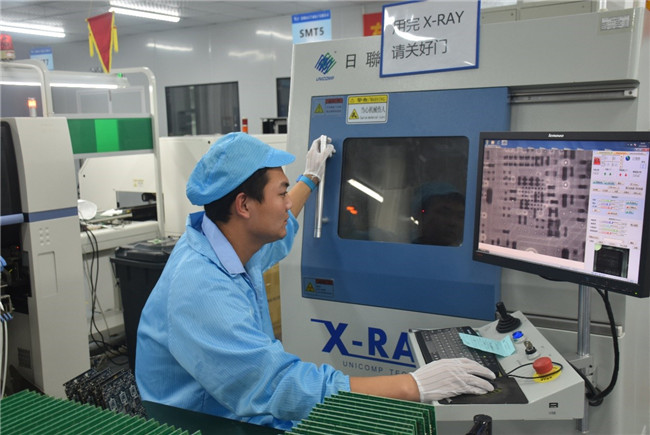
Common PCB Aging Testing Methods
Thermal Cycling Test
This test involves exposing the PCB to alternating high and low temperatures to simulate the effects of temperature fluctuations on the components. It accelerates the aging process, helping to identify potential issues caused by thermal stress.Accelerated Aging Test
This method exposes the PCB to harsher-than-normal conditions (such as higher temperatures, humidity, and pressure) to speed up the aging process. It helps assess how the PCB will perform under prolonged stress in real-world applications.High Humidity Test
PCB materials and solder joints are particularly susceptible to corrosion and aging in high-humidity environments. This test helps determine how well the PCB performs in such conditions and whether moisture can cause degradation.
How to Conduct an Effective PCB Aging Test
When conducting a PCB aging test, the first step is to define the testing standards and objectives. Depending on the industry—whether automotive, consumer electronics, or medical devices—different testing methods may be required. It’s essential to use accurate and reliable testing equipment to ensure the results are consistent and representative.

Conclusion
PCB aging testing is not just an important quality control step in the development of electronic products; it is also a critical process in ensuring that the product performs reliably and lasts over time. Through scientifically structured aging tests, manufacturers can improve the reliability and safety of their products, preventing future issues. For any company focused on quality and customer satisfaction, PCB aging testing is a vital step that cannot be overlooked.
Tags: PCB Assembly /PCB Aging Test /
Prev: What is SMT and PCBA?
Next: The Advantages of Wave Soldering: Precision and Efficiency in PCB Assembly


